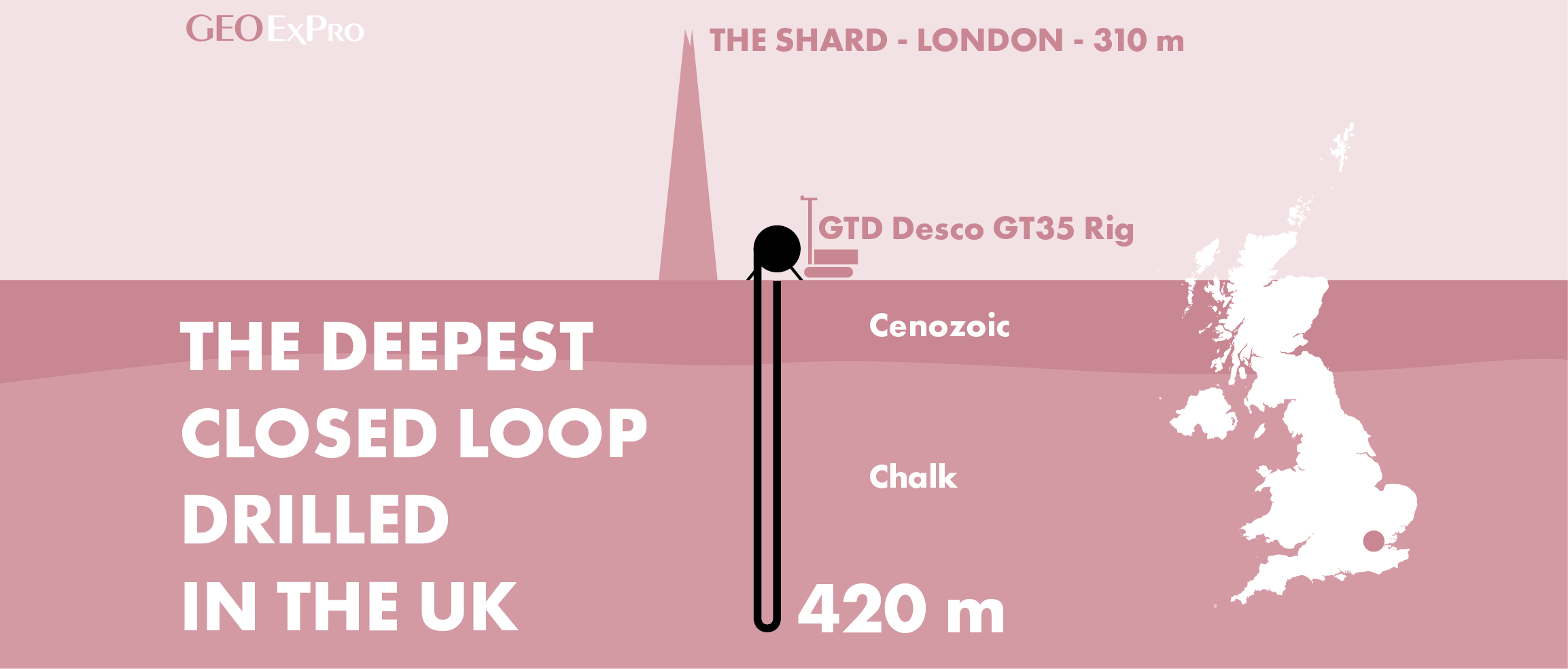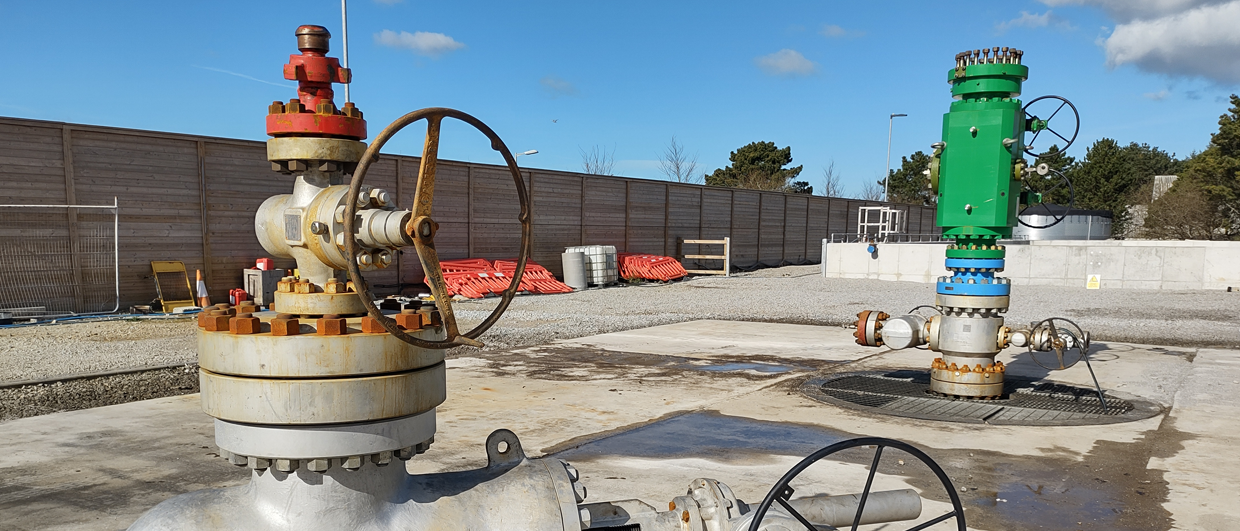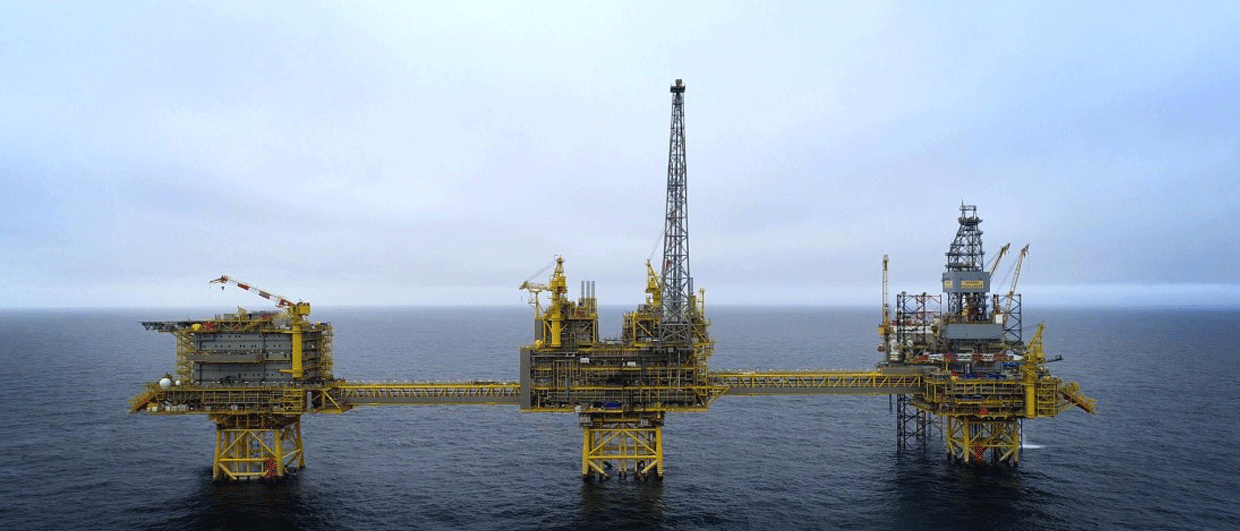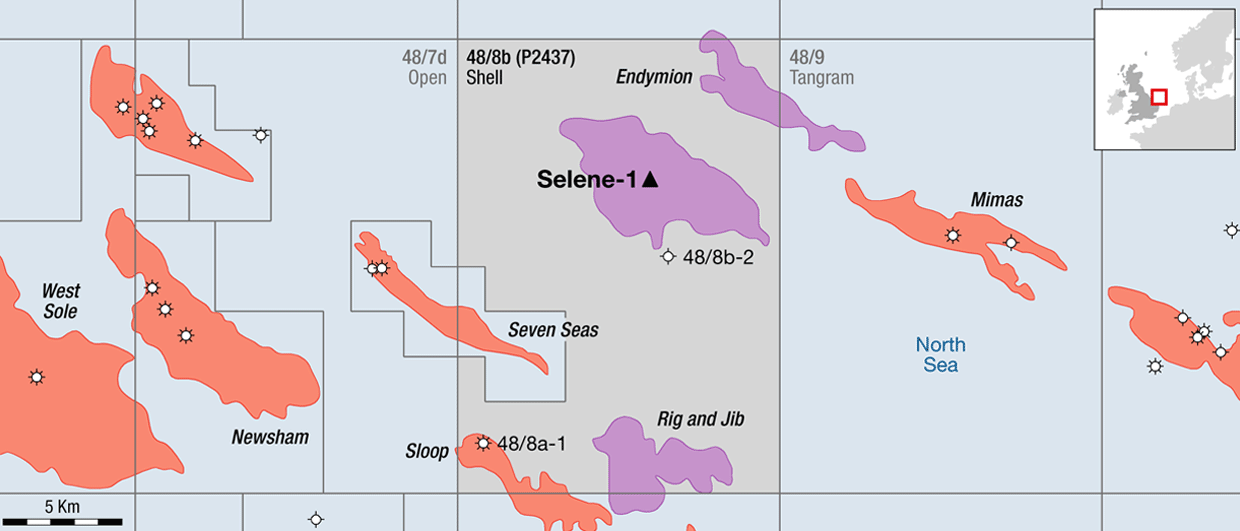This is not the first time I write this, but I keep on saying it. If there is any sector in the geothermal drilling space that is active in the UK, without subsidies or extensive research frameworks, it is the shallow geothermal sector. These guys quietly complete borehole after borehole, slowly but steadily building a new energy system that sources most of its energy locally.
Today, GTD Desco posted on LinkedIn that one of their rigs drilled the deepest closed loop borehole in the country. With the Central London Shard building in the background, the location was a challenge in itself given the very limited space to work. But with the mud system tucked away in a nearby underground car park, the borehole was drilled successfully nonetheless.
True, drilling to 420 m in London will not bring too many new geological surprises, but the geology is still instrumental in how these boreholes are being drilled. The drilling crew used a 4-wing stepped PDC bit for the first part of the hole – which is in Cenozoic (unconsolidated) sands and muds – and then swapped to a rock roller after 75 m as the geology changed to hard Upper Cretaceous Chalk.
What is also interesting is the fact that the tubes of the closed-loop system were equipped with a fibre optic cable. As we recently wrote, this technology is making strides in monitoring deep oil and gas wells, but there is obviously an application for the shallow subsurface too when it comes to temperature measurements. I would be interested to see the temperature profile from this borehole at some point.
Energy and geology
One of the factors determining the efficiency of a geothermal closed loop is how much groundwater flow takes place in the immediate vicinity of the tubes. The more groundwater flow, the higher the thermal exchange, and thus the higher the energy yield. Since the reservoir effectiveness of the Chalk in the London area relies heavily on fracture systems, the results of every borehole are different because it is hard to predict if a fracture zone is drilled or not.
A loop of this kind will produce around 20 kW, which translates to 480 kWh per day. A detached house in Scotland consumes 80 kWh in gas per day on a cold winter’s day, so this loop will be able to provide energy to a building that is significantly bigger than that!





